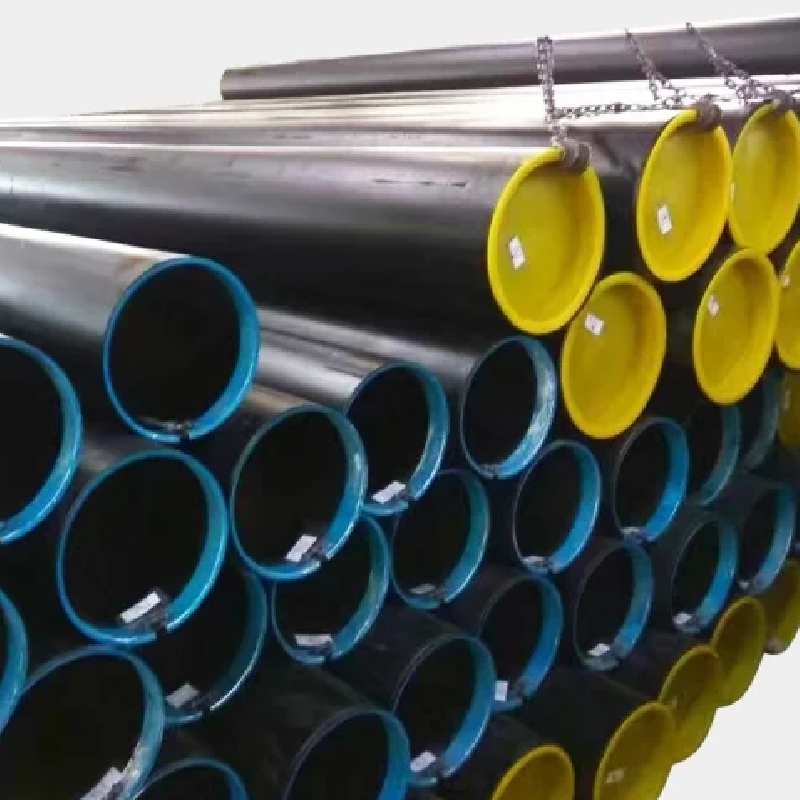-
Cangzhou Yulong Steel Co., Ltd.
-
Phone:
+86 13303177267 -
Email:
admin@ylsteelfittings.com
- English
- Arabic
- Italian
- Spanish
- Portuguese
- German
- kazakh
- Persian
- Greek
- French
- Russian
- Polish
- Thai
- Indonesian
- Vietnamese
- Zulu
- Korean
- Uzbek
- Hindi
- Serbian
- Malay
- Ukrainian
- Gujarati
- Haitian Creole
- hausa
- hawaiian
- Hebrew
- Miao
- Hungarian
- Icelandic
- igbo
- irish
- Japanese
- Javanese
- Kannada
- Khmer
- Rwandese
- Afrikaans
- Albanian
- Amharic
- Armenian
- Azerbaijani
- Basque
- Belarusian
- Bengali
- Bosnian
- Bulgarian
- Catalan
- Cebuano
- China
- China (Taiwan)
- Corsican
- Croatian
- Czech
- Danish
- Esperanto
- Estonian
- Finnish
- Frisian
- Galician
- Georgian
- Kurdish
- Kyrgyz
- Lao
- Latin
- Latvian
- Lithuanian
- Luxembourgish
- Macedonian
- Malgashi
- Malayalam
- Maltese
- Maori
- Marathi
- Mongolian
- Myanmar
- Nepali
- Norwegian
- Norwegian
- Occitan
- Pashto
- Dutch
- Punjabi
- Romanian
- Samoan
- Scottish Gaelic
- Sesotho
- Shona
- Sindhi
- Sinhala
- Slovak
- Slovenian
- Somali
- Sundanese
- Swahili
- Swedish
- Tagalog
- Tajik
- Tamil
- Tatar
- Telugu
- Turkish
- Turkmen
- Urdu
- Uighur
- Welsh
- Bantu
- Yiddish
- Yoruba

Nov . 17, 2024 08:20 Back to list
Designing a Concentric Reducer for Optimal Flow Reduction in Piping Systems
Understanding 4 x 2 Concentric Reducers Applications and Importance
In the world of piping systems, concentric reducers play a crucial role in managing fluid flow between sections of different diameters. Among the various specifications available, the 4 x 2 concentric reducer stands out due to its unique design and versatility. This article will delve into the features, applications, and importance of this specific type of reducer.
A concentric reducer is designed to connect two pipes of differing diameters, allowing for a smooth transition of fluids from a larger diameter pipe to a smaller one, or vice versa. The term concentric indicates that the two ends of the reducer share a common centerline, ensuring a uniform flow path and minimizing turbulence. The specific dimensions of 4 x 2 denote that one end of the reducer has a diameter of 4 inches, while the other measures 2 inches.
Features and Benefits
One of the primary features of the 4 x 2 concentric reducer is its ability to maintain a consistent flow profile. This is critical in various applications where smooth transitions are necessary to avoid pressure drops or flow disruptions. By gradually reducing the diameter of the pipe, the reducer helps to preserve fluid velocity and minimize the risk of cavitation, which can occur when there are abrupt changes in flow direction or velocity.
Additionally, the concentric design is especially beneficial in situations where space constraints exist, as it can be installed without requiring significant alterations to the existing piping layout. This flexibility makes it an invaluable component in many industries, including oil and gas, wastewater management, and HVAC systems.
4 x 2 concentric reducer

Applications
The 4 x 2 concentric reducer is widely used across various sectors. In the oil and gas industry, for example, it plays a vital role in connecting different sections of pipelines that transport crude oil, natural gas, or refined products. The reducer ensures that the flow remains steady, reducing the likelihood of leaks and enhancing system efficiency.
In water treatment facilities, concentric reducers are employed to transition between different sized pipes in filtration and distribution systems. Their ability to operate under high pressure and varying temperatures makes them suitable for such demanding environments.
Moreover, in HVAC systems, the 4 x 2 concentric reducer helps to optimize airflow by connecting ductwork of differing dimensions. This ensures uniform heating or cooling throughout a building, enhancing energy efficiency and comfort.
Conclusion
In conclusion, the 4 x 2 concentric reducer is an essential component in many piping systems. Its design facilitates smooth transitions between pipes of varying diameters, promoting efficient fluid flow and reducing the risk of potential issues such as turbulence and cavitation. The versatility and space-saving attributes of concentric reducers make them indispensable in a variety of industries, contributing significantly to system reliability and performance. Understanding the applications and benefits of these reducers is vital for engineers and professionals involved in fluid dynamics and system design, as their effective use can lead to enhanced operational efficiency and reduced maintenance costs.
Latest news
-
ANSI 150P SS304 SO FLANGE
NewsFeb.14,2025
-
ASTM A333GR6 STEEL PIPE
NewsJan.20,2025
-
ANSI B16.5 WELDING NECK FLANGE
NewsJan.15,2026
-
ANSI B16.5 SLIP-ON FLANGE
NewsApr.19,2024
-
SABS 1123 FLANGE
NewsJan.15,2025
-
DIN86044 PLATE FLANGE
NewsApr.19,2024
-
DIN2527 BLIND FLANGE
NewsApr.12,2024
-
JIS B2311 Butt-Welding Fittings LR/SR 45°/90° /180°Seamless/Weld
NewsApr.23,2024











